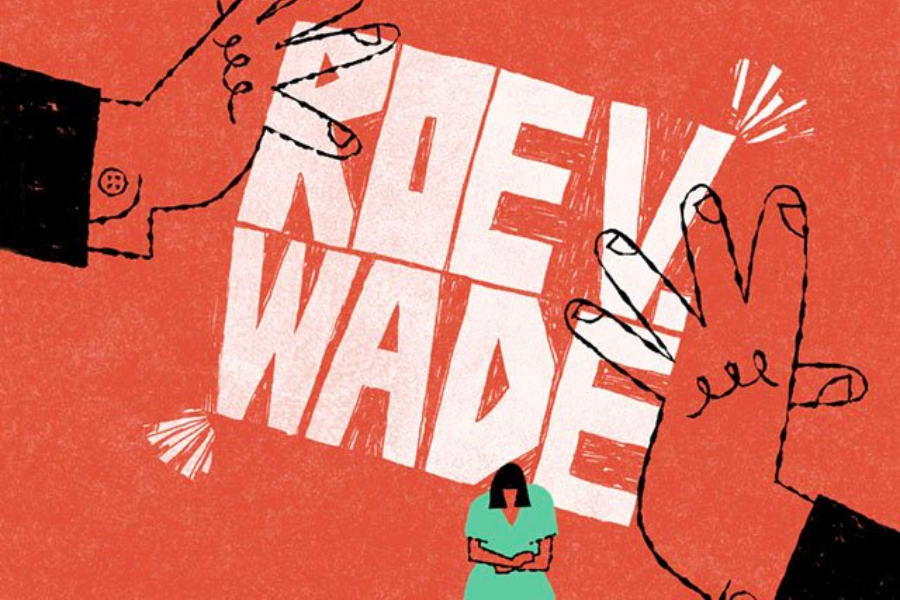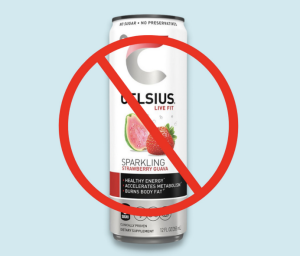Roe v. Wade
The dissipation of Roe won’t stop abortions – only the safe ones
September 22, 2022
The overturning of Roe v. Wade this summer was perhaps the most substantial rollback of human rights in modern U.S. history. Fifty years of precedent dissipated and the Supreme Court no longer federally protects a woman’s constitutional right to safe and legal abortions.
Roe v. Wade was established in 1973 after the Court found that the Due Process Clause of the Fourteenth Amendment provided people the fundamental “right to privacy.” This helped to protect a woman’s right to her body, her reproductive system and her choice to have an abortion. They found that any state or federal law that prohibits access to abortion violated the right to privacy.
In Roe v. Wade, the Supreme Court used the Due Process Clause to strike down state legislation that limited and restricted personal liberties not explicitly written in the Constitution. The Court found that prohibiting abortion violated the Due Process Clause because it did not allow women to choose whether or not to have the procedure.
The State may not regulate a woman’s decision to have an abortion as it is not their choice to make. In the second trimester, some states impose regulations on abortion, but those regulations are reasonably related to maternal health. However, once the fetus reaches the point of “viability,” at approximately 24 weeks, a state may regulate abortions or entirely prohibit them.
Abortion is not something to be taken lightly and is not something most women wish to do. There are short and long-term effects associated with abortions; this procedure is both physically and mentally traumatizing.
Up to 21 days after an abortion, the individual can experience intense pain, nausea, dizziness and drowsiness. There are also potential complications associated with this procedure such as damage to the cervix, scarring of the uterus, excessive bleeding, infection, incomplete abortion which requires more extensive procedures, and in some cases, death.
Abortions weaken the cervix which can also affect one’s ability to carry a fetus to term in the future. According to a study by the National Center for Biotechnology Information (NCBI), one induced abortion increases the risk of a subsequent preterm birth by between 25% and 27%. After two or more abortions, the risk of preterm birth increases by between 51% and 62%.
Abortions can also increase the risk of breast cancer. According to NCBI, there is a 44% increased risk of breast cancer among females who had at least one induced abortion; the risk increased to 76% and 89% for those who had two or more abortions.
Many women experience long-lasting mental health repercussions after an induced abortion such as anxiety, depression, grief, regret, guilt, shame, suicidal thoughts, etc.
So, considering these effects, why would someone want an abortion?
Most women seeking abortions are classified as poor or low-income. According to a study from the Brookings Institution, women in poverty are five times more likely to experience an unintended pregnancy. Likewise, 75% of those seeking an abortion are impoverished.
The average birth in GA costs $14,776. Working full-time for one year at minimum wage accumulates $15,000 annually. For a person to be considered low-income, their taxable income does not exceed 150% of the poverty level amount. This on average equates to $19,000 annually. Having a child would cost at least 80% of their yearly wages.
Since the establishment of Roe v. Wade, women have been relying on their basic constitutional right to have the procedure if they see fit. It should not be up to the State to make healthcare decisions for women.
Pregnancy can have life-lasting negative effects on one’s body, reproductive system, financial status, relationships, emotional health and many more consequences that have nothing to do with the State and federal government.
Illegalizing abortion does not stop them from happening. In fact, from 2010 to 2014, the number of abortions that occurred in countries where it is illegal was almost identical to countries where abortion is legal. There were 37 abortions in countries where it is legal versus 34 in countries where abortion is illegal each year per 1,000 women. Restricting abortion access does not stop them from happening; it significantly increases the fatality rate of those seeking to terminate their pregnancy.
These statistics show us that abortions still happen despite their legality. Women will continue to seek abortions when they are not in a stage of life to become mothers, regardless of governmental restrictions. When procedures happen without medical supervision, they are dangerous and life-threatening.
Focusing on restricting access to abortion is essentially useless. Instead of trying to illegalize abortion, our society should examine and contemplate what we can do to reduce the rate at which abortions are happening.
Several factors could reduce the number of abortions in the U.S. Revamping the healthcare system, closing the wage gap, providing access to birth control and contraception, ensuring access to safe and affordable housing and creating a more comprehensive sex education is a start to this extensive list.
Women make hard and difficult choices about their bodies based on personal circumstances and situations that do not concern the government. Thus, this right should not be impeded at either the State or federal level.







